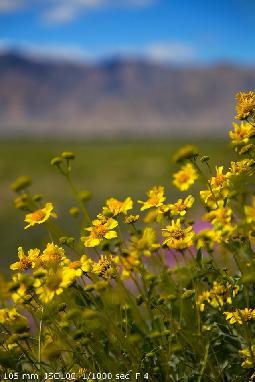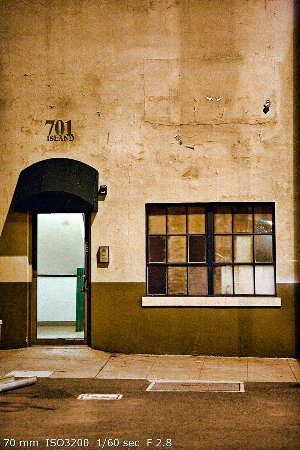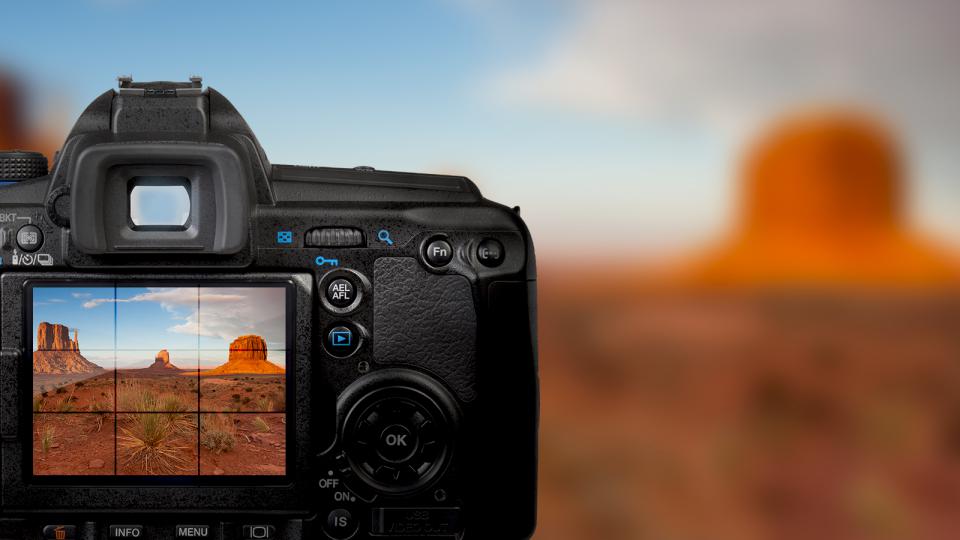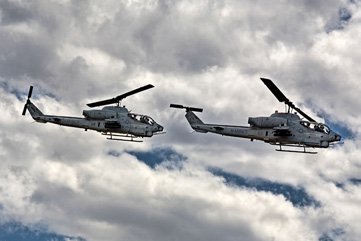A couple of years ago, I bought a Canon A2300 – Point & Shoot camera to leverage my interest in photography. I read a book, How To Take Great Photos by Peter Tellone and had compiled a summary of the book in Evernote as Photography Essentials.
If you too love capturing scenes, then this will interest you for sure. Here’s the Evernote note, as it is:
Been reading one book on photography and found some essential terms to be noted. Here ya go…
Exposure:
Exposure is getting the perfect amount of light onto your digital sensor or film, so that there is detail in both shadow and light, contrast and good color. We’ll talk about the three things that control exposure and then how to use each of those to increase the artistic appeal of every photograph you take and also how to balance the three for a perfect exposure.
Aperture:
Aperture is the adjustable opening in your lens that allows light to pass through the digital sensor or film. Smallest number has largest opening and vice versa.
F2.8-Large opening, F22-Small opening.
Smaller F yields the shallower of DOF (Macro) and Larger F gives deeper of DOF (Infinity).


Shutter Speed:
Shutter speed is how long the shutter of a given aperture is open to allow light to hit the digital sensor or film. It is enumerated in parts of seconds, 1, 1/10, 1/250 with smallest fraction being the longest opening time.
Used to either stop motion or to show the motion.
High shutter speed freeze the object (flying bird), preserving details 1/500.
Low shutter speed allows moving objects such as water to blur, silken. 1, 1/2. Fix the camera while applying this criteria.


Aperture – how much the shutter is open and Shutter Speed – how long.
ISO:
The sensitivity to light of the digital sensor or film. The higher the number, the more sensitive the sensor will be to light. e.g., ISO 100, 800 etc.
Bright day there’s always enough light so ISO 100, 200 is enough. Some shaded areas want ISO 400 and indoor or low lighting condition requires ISO 800.

Quick Talk
- A popular joke among photographers is: “Wow, that’s a great photo, you must have a nice camera.”
- DSLR: Digital Single Lens Reflex
- Smaller sensors (Mobile phones) are actually better at macro photography(close-up life-size images)
- Hot Shoe: A slip-in interface or “shoe” into which you would slide an external flash unit
- Blowout: Overexposure leading to a loss of detail
- Dynamic Range: The range from the brightest part of our scene to the darkest
Types of Photography
The Snapshot vs. The Photograph:
A snapshot is a capture of a time and place, a remembrance, and that is all most people want from them. I love them, I have boxes full of them from when I was a kid and the places we went and good times my family had. I wouldn’t trade them for anything and they’re probably the only things I would want to save in a fire. But, they are not photographs or photographic images or art (though what is art is disputable).
A photograph has to grab the viewer’s attention, has to direct the viewer where the artist wants them to go. It leads them to the subject even when the subject is not clear. It can tell a story or sometimes just convey a sense. It must touch that person viewing it in some way, but it will not touch everyone — that’s why it’s art.
- The two keys to a photographer’s vision are light and composition. Light is the essence of photography. You’ll often hear photographers say, “It’s all about the light.” Being able to see “good” light from bad and the effect of shadow is everything to a good photograph and a photographer. The other key is composition. Composition is the flow and the order to a photograph, establishing a subject and a background and using good photographic techniques to lead the viewer to that subject.
- There is the talk about Golden Hours. These are the hours just after sunrise and just before sunset, when the light is lower, softer, more colorful. Some, such as I, include the hour before sunrise and the hour after sunset as perfect times to shoot.
- “Always shoot with the sun to your back?” Well, truthfully — no, don’t. Most times it is best to shoot at an angle to the sun.
- The Rule of Thirds: Most times, having the subject of your photograph centered is not very pleasing — in fact it is downright boring. So it is best to have your subject in one of the intersections of thirds of your image.
- When photographing people, try to keep horizon lines from cutting through people’s heads. Also look for poles and trees and objects that stick out of the top of people’s heads. Lastly, look for clutter or junk in the background. They all make for a poor composition. So make sure you concentrate not only on your subject but also on what is behind them.
Enough theory here. Want to see it in action? See it now or on Instragram at: @darpandodiya
So, that was all about How to Take Good Photographs. Want to Look Good In Photographs?
More on photography:









Leave a Reply